Home>Furniture>Outdoor Furniture>How To Get Rid Of Old Patio Furniture


Outdoor Furniture
How To Get Rid Of Old Patio Furniture
Modified: August 28, 2024
Discover effective ways to dispose of your old outdoor furniture. Find out how to get rid of your unwanted patio furniture safely and responsibly.
(Many of the links in this article redirect to a specific reviewed product. Your purchase of these products through affiliate links helps to generate commission for Storables.com, at no extra cost. Learn more)
Introduction
Welcome to our comprehensive guide on how to get rid of old patio furniture. As outdoor enthusiasts, we understand that over time, even the highest quality patio furniture may begin to show signs of wear and tear. Whether it’s from exposure to the elements or simply aging, it’s important to address the condition of your patio furniture to ensure a comfortable and visually appealing outdoor space.
In this article, we will walk you through the process of assessing the condition of your old patio furniture, cleaning and maintaining it, repairing any damages, and providing options for painting or staining. Additionally, we will explore creative ideas for upcycling or repurposing old patio furniture, as well as environmentally-friendly options for donating or responsibly disposing of it.
Whether you’re looking to revitalize your current patio furniture or explore alternative options, we’ve got you covered. So, let’s dive in and discover how you can give your outdoor space a fresh new look.
Key Takeaways:
- Revitalize old patio furniture by assessing, cleaning, repairing, and painting/staining it. Upcycling or repurposing offers creative options, while donating or disposing responsibly contributes to sustainability.
- Give old patio furniture a new lease on life through assessment, repair, and creative upcycling. Donating or disposing responsibly ensures sustainability and benefits others in need.
Read more: How To Get Rid Of Furniture
Assessing the condition of your old patio furniture
Before embarking on any maintenance or disposal process, it’s important to thoroughly assess the condition of your old patio furniture. This will help you determine the extent of any damage or wear and tear, and guide you in making decisions on whether to repair, repaint, or replace your furniture. Here are some key steps to follow:
- Inspect for structural integrity: Start by examining the overall structural soundness of your furniture. Check for any loose or wobbly joints, cracked frames, or weakened support. If the damage is beyond repair, it may be best to consider replacement.
- Check for rust or corrosion: Metal patio furniture is prone to rust and corrosion, especially when exposed to moisture. Inspect your furniture for any signs of rust, such as discolored patches or rough spots. Surface rust can typically be removed with a wire brush and rust remover, but extensive corrosion may require professional assistance.
- Assess fabric or cushion condition: If your patio furniture includes cushions or fabric elements, carefully assess their condition. Look for signs of fading, stains, mold, or tears. In some cases, replacing the cushions or reupholstering the fabric can breathe new life into your furniture.
- Examine wood surfaces: Wooden patio furniture may show signs of weathering, such as discoloration, splintering, or warping. Inspect the wood surfaces and determine if they can be restored through sanding and refinishing or if replacement is necessary.
- Consider overall aesthetics: Apart from structural issues, evaluate the overall aesthetic appeal of your patio furniture. If the style doesn’t align with your current outdoor space, it may be worth considering an upgrade or repurposing options.
By carefully assessing the condition of your old patio furniture, you will be equipped with the necessary information to make informed decisions on how to proceed. Whether it’s repairing, repainting, or exploring alternative options, addressing the condition of your furniture will ensure a comfortable and inviting outdoor space.
Cleaning and maintaining old patio furniture
Once you have assessed the condition of your old patio furniture, it’s time to tackle the cleaning and maintenance process. Regular cleaning and proper maintenance are essential for preserving the lifespan and appearance of your outdoor furniture. Here’s a step-by-step guide to help you clean and maintain your old patio furniture:
- Start with a thorough cleaning: Begin by removing any loose debris, such as leaves, dirt, or cobwebs, from your furniture. Use a soft brush or cloth to gently scrub the surface and corners of your furniture, paying close attention to hard-to-reach areas.
- Choose the right cleaning solution: The type of patio furniture you have will determine the appropriate cleaning solution. For plastic or resin furniture, a mixture of mild dish soap and warm water can effectively remove dirt and stains. Metal furniture may require a solution of water and vinegar or a commercial metal cleaner. Wooden furniture should be cleaned with a gentle soap or wood cleaner.
- Apply the cleaning solution: Dilute the cleaning solution according to the manufacturer’s instructions and apply it to the furniture using a sponge or soft cloth. Gently scrub the surfaces, paying extra attention to areas with stains or grime. Avoid using abrasive scrubbers or harsh chemicals that may damage the furniture.
- Rinse thoroughly: After cleaning, rinse off the furniture using a hose or bucket of clean water. Ensure all the soap residue is removed to avoid any potential damage or discoloration.
- Dry the furniture: Allow the furniture to air dry completely before using or storing it. To prevent water spots or mold growth, make sure the furniture is thoroughly dry, especially if it’s made of wood or has cushions.
- Apply protective measures: Consider applying a protective coating or sealant to your patio furniture to extend its lifespan and protect it from the elements. For wood furniture, use a weather-resistant varnish or outdoor sealant. Metal furniture can be protected by applying a rust-resistant spray or adding a layer of wax. Follow the manufacturer’s instructions for best results.
- Maintain on a regular basis: Keep your patio furniture in top condition by implementing regular maintenance practices. This may include wiping down the surfaces after use, covering it during inclement weather, and periodically reapplying protective coatings or sealants.
By following these cleaning and maintenance tips, you can keep your old patio furniture looking its best and enjoy a clean and inviting outdoor space for years to come.
Repairing damaged patio furniture
Over time, patio furniture can experience wear and tear, resulting in damage that may affect its functionality and aesthetics. Instead of replacing your old furniture, repairing it can be a cost-effective and environmentally-friendly solution. Here are some common repairs for damaged patio furniture:
- Tighten loose screws and bolts: Inspect your furniture for any loose screws or bolts and tighten them using a screwdriver or wrench. This simple step can restore stability and prevent further damage.
- Replace broken or damaged parts: If your patio furniture has any broken or damaged parts, such as a cracked frame or a broken slat, consider replacing them. Many manufacturers offer replacement parts that can be easily installed. Alternatively, you can contact a professional furniture repair service for assistance.
- Repair torn or damaged fabric: If your patio furniture includes fabric elements like cushions or slings, repairing any tears or damage should be a priority. Depending on the severity of the damage, you can either sew up minor tears using a heavy-duty needle and thread or reupholster the fabric entirely. Consider selecting outdoor fabric that is resistant to UV rays and water for long-lasting durability.
- Fix wobbly joints: Loose or wobbly joints can significantly affect the stability of your patio furniture. Use wood glue or epoxy adhesive to reattach loose joints and secure them tightly. Allow sufficient time for the adhesive to dry before using the furniture.
- Repair rust or corrosion: For metal patio furniture that has rust or corrosion, start by removing the rust using a wire brush or sandpaper. Once the rust is removed, apply a rust-inhibiting primer and a coat of metal paint. This not only repairs the damage but also protects the furniture from further corrosion.
- Refurbish wooden furniture: If your wooden patio furniture has begun to deteriorate with age, consider refurbishing it to bring back its natural beauty. Start by sanding the surface to remove any existing finish and smooth out imperfections. Then, apply a fresh coat of weather-resistant paint or stain, following the manufacturer’s instructions.
Remember, the extent of the repairs will depend on the level of damage and your skill level. If you’re unsure about tackling certain repairs, it’s best to consult a professional furniture repair service who can provide expert guidance.
Repairing your damaged patio furniture not only saves you money but also allows you to extend its lifespan and reduce waste. With a little bit of effort and the right tools, you can restore your old patio furniture and enjoy it for many more seasons to come.
Consider donating or selling your old patio furniture if it’s still in good condition. If it’s beyond repair, check with your local waste management for proper disposal options.
Painting or staining old patio furniture
If your old patio furniture is still structurally sound but has lost its luster or no longer matches your desired aesthetic, painting or staining can be a great way to give it a fresh and updated look. The process of painting or staining your patio furniture is relatively straightforward and can be done with a few simple steps:
- Clean the furniture: Before applying paint or stain, it’s important to clean the furniture thoroughly. Remove any dirt, dust, or grime using a mild soap and water solution. Rinse the furniture and allow it to dry completely before proceeding.
- Sand the surface: If your furniture has an existing finish that is in good condition, lightly sand the surface to create a better bonding surface for the paint or stain. Remove any loose or flaking paint or finish. For bare wood furniture, sanding can help smooth out imperfections and prepare the surface for staining.
- Choose the right paint or stain: Selecting the appropriate paint or stain is crucial for achieving the desired results. For metal or plastic furniture, choose a paint specifically formulated for outdoor use. Look for paints that are resistant to UV rays and water to ensure long-lasting durability. For wooden furniture, consider using an exterior-grade stain that enhances the natural beauty of the wood while providing protection against the elements.
- Apply the paint or stain: Use a brush or roller to apply an even coat of paint or stain to the furniture. Start with the flat surfaces and work your way to the edges and corners. Allow the first coat to dry completely before applying additional coats, if necessary. Follow the manufacturer’s instructions for drying time between coats.
- Protect the finish: Once the paint or stain has dried, consider applying a clear sealer or topcoat to protect the finish and enhance its resistance to moisture and UV rays. This step will help prolong the lifespan of your newly painted or stained patio furniture.
When it comes to painting or staining your patio furniture, don’t be afraid to get creative with colors and finishes. Whether you prefer vibrant hues or a more subtle look, the choice is yours. Just be sure to choose products designed for outdoor use and follow the proper application techniques to ensure a professional and long-lasting result.
By painting or staining your old patio furniture, you can give it a fresh new look that matches your outdoor décor and breathes new life into your outdoor space. Enjoy the satisfaction of transforming your furniture and creating a personalized and inviting outdoor oasis.
Read more: How To Get Rid Of An Old Lawnmower
Upcycling or repurposing old patio furniture
If your old patio furniture is no longer serving its original purpose or style, don’t rush to dispose of it. Instead, consider upcycling or repurposing it to give it a new lease on life. Upcycling involves transforming the furniture into something different and often more functional, while repurposing involves finding a new use for the furniture. Here are some creative ideas for upcycling or repurposing your old patio furniture:
- Create a garden bench: Transform a wooden bench by removing the backrest and turning it into a garden bench. Add some cushions and colorful pillows for a cozy seating area in your garden or patio.
- Turn a table into a bar cart: Convert an old outdoor table into a stylish and functional bar cart. Add wheels to the bottom for easy mobility, and paint or stain it to match your outdoor décor. Use it to serve drinks and snacks during outdoor gatherings.
- Transform chairs into planters: Remove the seat and backrest from chairs, leaving just the frame. Attach planter boxes or baskets to the frames, creating unique and eye-catching planters. Fill them with your favorite flowers or herbs to add charm to your outdoor space.
- Repurpose an umbrella frame as a trellis: If your patio umbrella is beyond repair, repurpose the frame as a trellis for climbing plants. Simply place the frame in your garden or against a wall, and let the plants grow up the frame, creating a beautiful and natural focal point.
- Create a mosaic tabletop: Update a worn-out tabletop by transforming it into a mosaic masterpiece. Break ceramic tiles or use colorful pieces of glass, and attach them to the surface with adhesive. Grout the tiles, and seal the surface for a stunning and unique outdoor tabletop.
- Turn a side table into a pet bed: If you have a small side table that is no longer needed, repurpose it as a cozy pet bed. Remove the top and attach a cushion or pet-sized mattress to create a comfortable resting spot for your furry friend.
- Repurpose an old umbrella as a sunshade: Instead of throwing away a damaged patio umbrella, repurpose the fabric as a sunshade in another area of your outdoor space. Attach the fabric to a pergola or frame to provide shade and protect against the sun’s rays.
The options for upcycling and repurposing old patio furniture are endless. Let your creativity and imagination guide you in finding new and unique ways to give your furniture a second life. Not only will you save money and reduce waste, but you’ll also add a personal touch to your outdoor space.
Donating or disposing of old patio furniture
When it’s time to say goodbye to your old patio furniture, it’s important to consider responsible options for donating or disposing of it. By doing so, you can ensure that your furniture doesn’t end up in a landfill and potentially benefit someone else who may be in need. Here are some ways to donate or dispose of your old patio furniture:
- Donate to charities or nonprofit organizations: Many charities and nonprofit organizations accept furniture donations, including patio furniture. Research local organizations in your area that provide furniture assistance to individuals or families in need. Contact them to inquire about their donation process and if they accept outdoor furniture.
- Post online classifieds or social media: Consider listing your old patio furniture on online classified websites or community social media groups. This allows you to connect with individuals who may be interested in taking the furniture off your hands. Specify that it’s free for pickup or for a small fee to cover transportation costs.
- Check with local schools or community centers: Schools, community centers, or recreational facilities often have outdoor spaces that could benefit from donated patio furniture. Contact these institutions to see if they are in need of furniture for their outdoor areas.
- Explore furniture recycling programs: Some areas have furniture recycling programs that accept old furniture items and recycle or repurpose them. Research recycling centers or programs in your locality that accept outdoor furniture. Check their guidelines and procedures for drop-offs or pickups.
- Arrange a pickup with waste management: If your old patio furniture is beyond repair or cannot be donated, contact your local waste management service to inquire about their collection or pickup services for large items. Make sure to follow their guidelines for proper disposal.
- Consider upcycling or repurposing: Instead of disposing of your old patio furniture, explore creative upcycling or repurposing ideas (mentioned earlier) to give it a new purpose or aesthetic. This allows you to keep the furniture in use while adding a unique touch to your outdoor space.
When donating or disposing of your old patio furniture, ensure that it is in usable condition and inform the recipient of any damages or repairs needed. Clean the furniture thoroughly before donation or disposal to maintain its integrity.
By considering these options, you can give your old patio furniture a chance for a new life while contributing to a more sustainable and responsible approach to disposing of unwanted items.
Conclusion
As outdoor furniture ages, it’s important to assess its condition and explore the appropriate course of action. By following the steps outlined in this comprehensive guide, you can effectively address the issues with your old patio furniture and breathe new life into it. Whether you choose to clean and maintain, repair, paint or stain, upcycle or repurpose, or donate or dispose of your furniture, each option contributes to a more sustainable and vibrant outdoor space.
Through proper assessment, cleaning, and maintenance, you can revitalize your old patio furniture and ensure its longevity. Repairing any damages allows you to prolong the use of your furniture while reducing waste. Painting or staining your furniture can completely transform its appearance and align it with your desired style. Upcycling or repurposing offers a creative approach to transforming old furniture into something new and functional, adding a unique touch to your outdoor space. Finally, by donating or responsibly disposing of your old patio furniture, you can benefit others while minimizing environmental impact.
Remember, each decision you make regarding your old patio furniture depends on its condition, your personal preference, and the resources available to you. The key is to find the best option that aligns with your needs, budget, and sustainability goals.
So, whether you’re giving your patio furniture a makeover, repurposing it for a different use, or passing it along to someone in need, take pride in your efforts to maintain and care for your outdoor space. By taking these steps, you can ensure that your patio furniture continues to provide comfort, functionality, and style for many more seasons to come.
Frequently Asked Questions about How To Get Rid Of Old Patio Furniture
Was this page helpful?
At Storables.com, we guarantee accurate and reliable information. Our content, validated by Expert Board Contributors, is crafted following stringent Editorial Policies. We're committed to providing you with well-researched, expert-backed insights for all your informational needs.
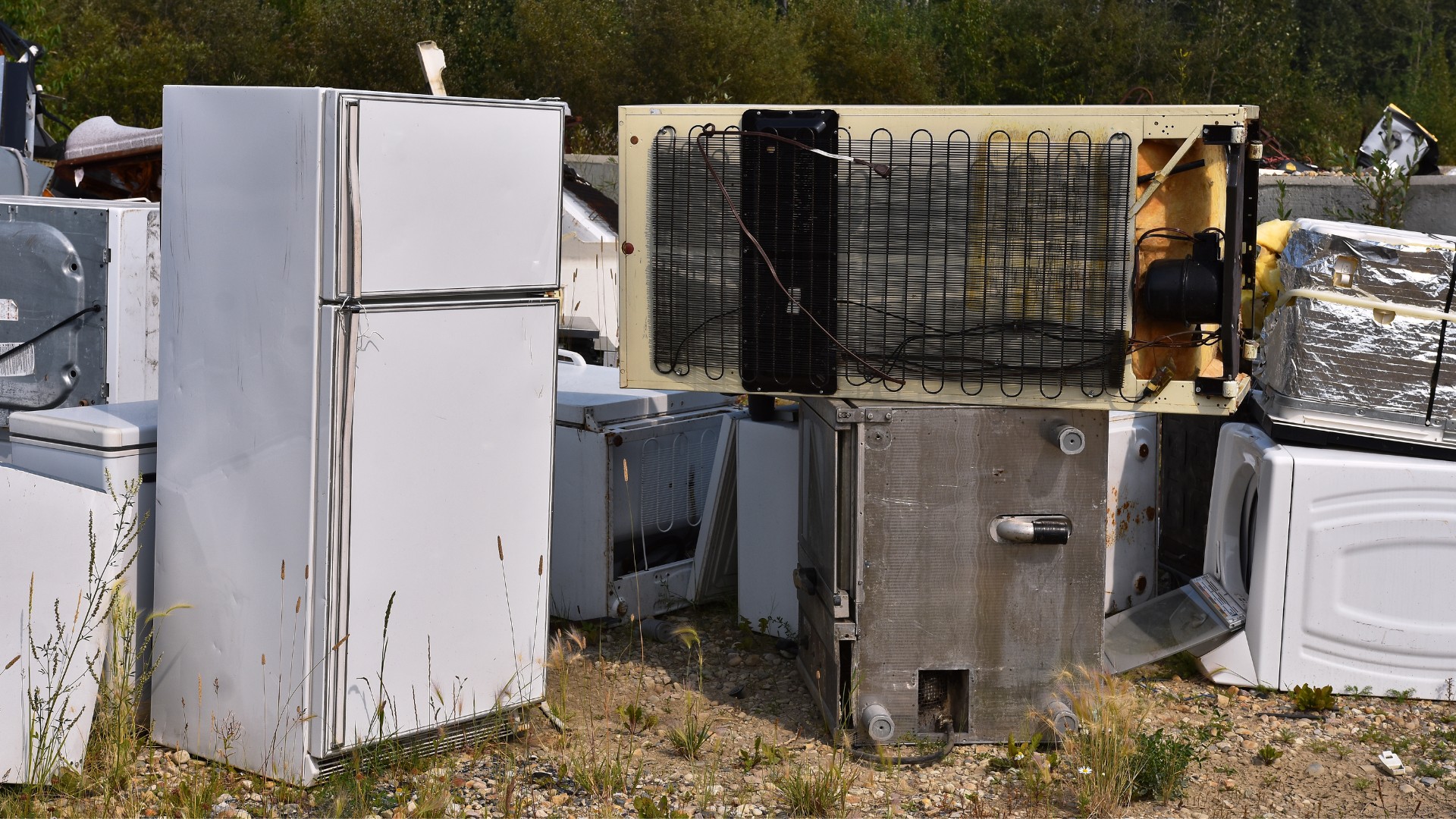
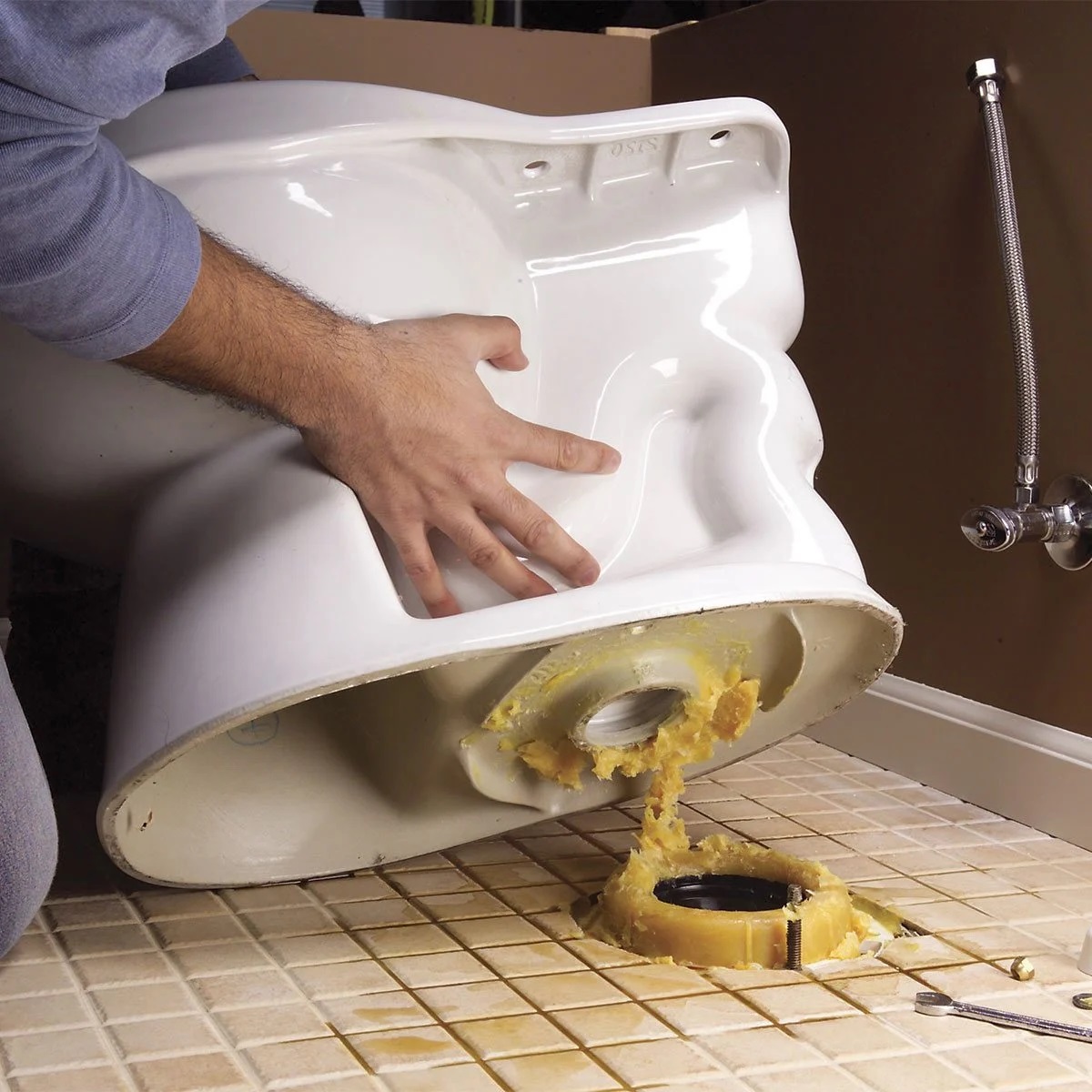
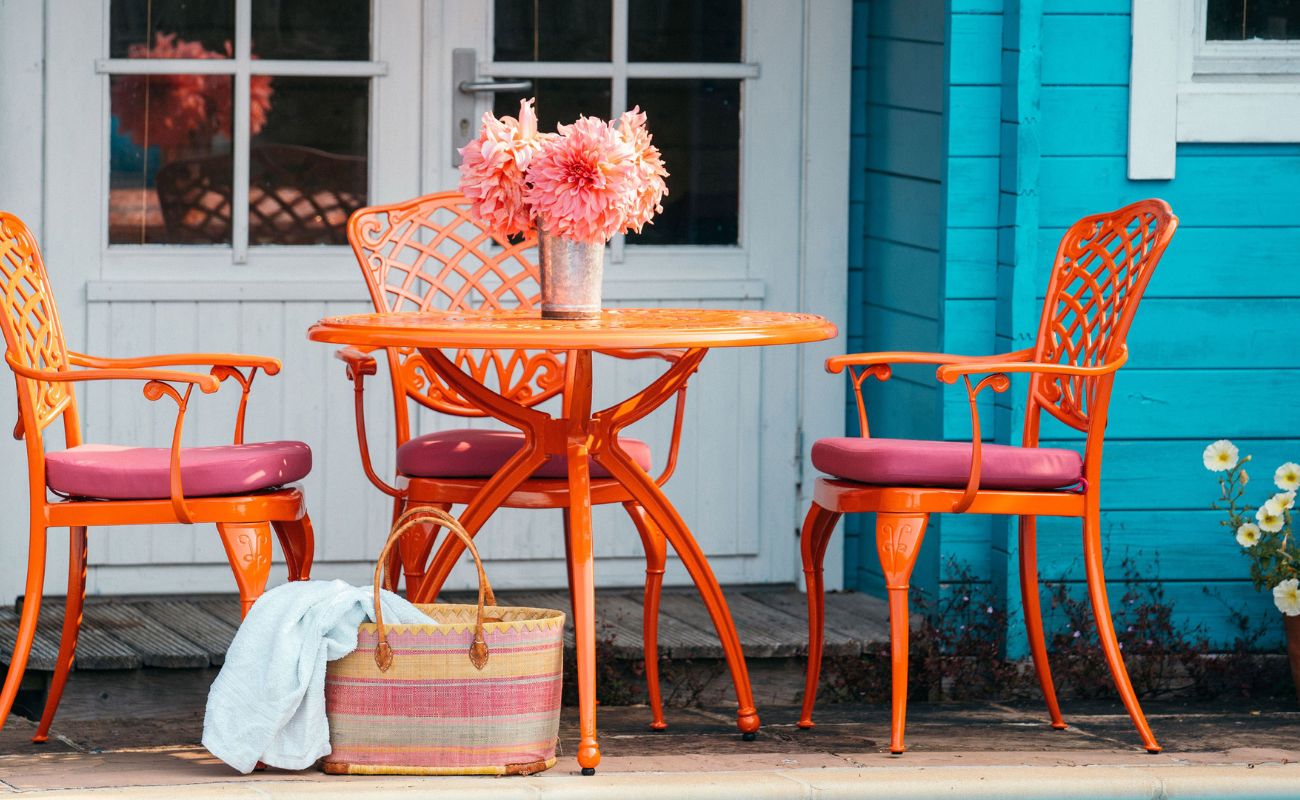
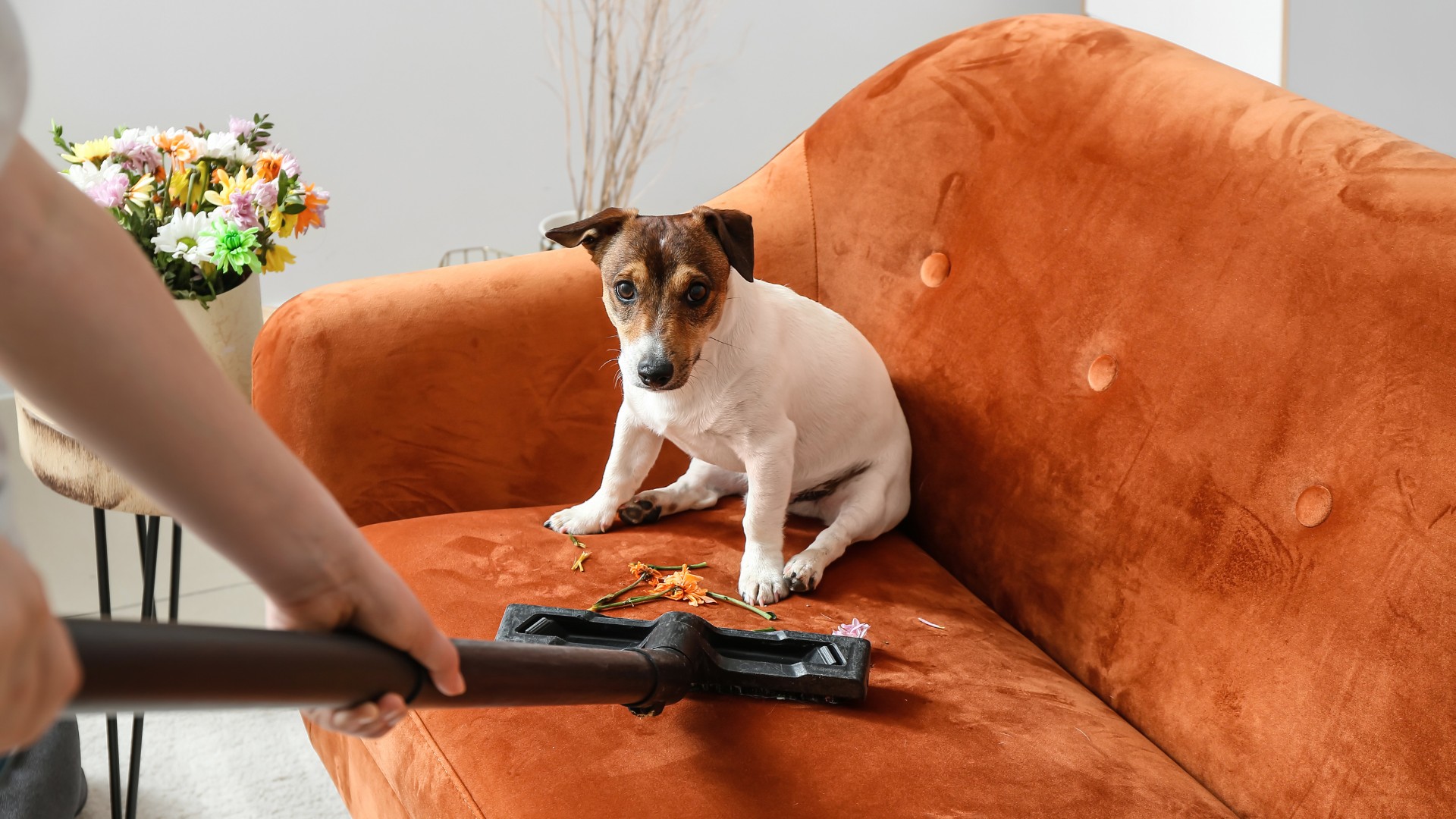
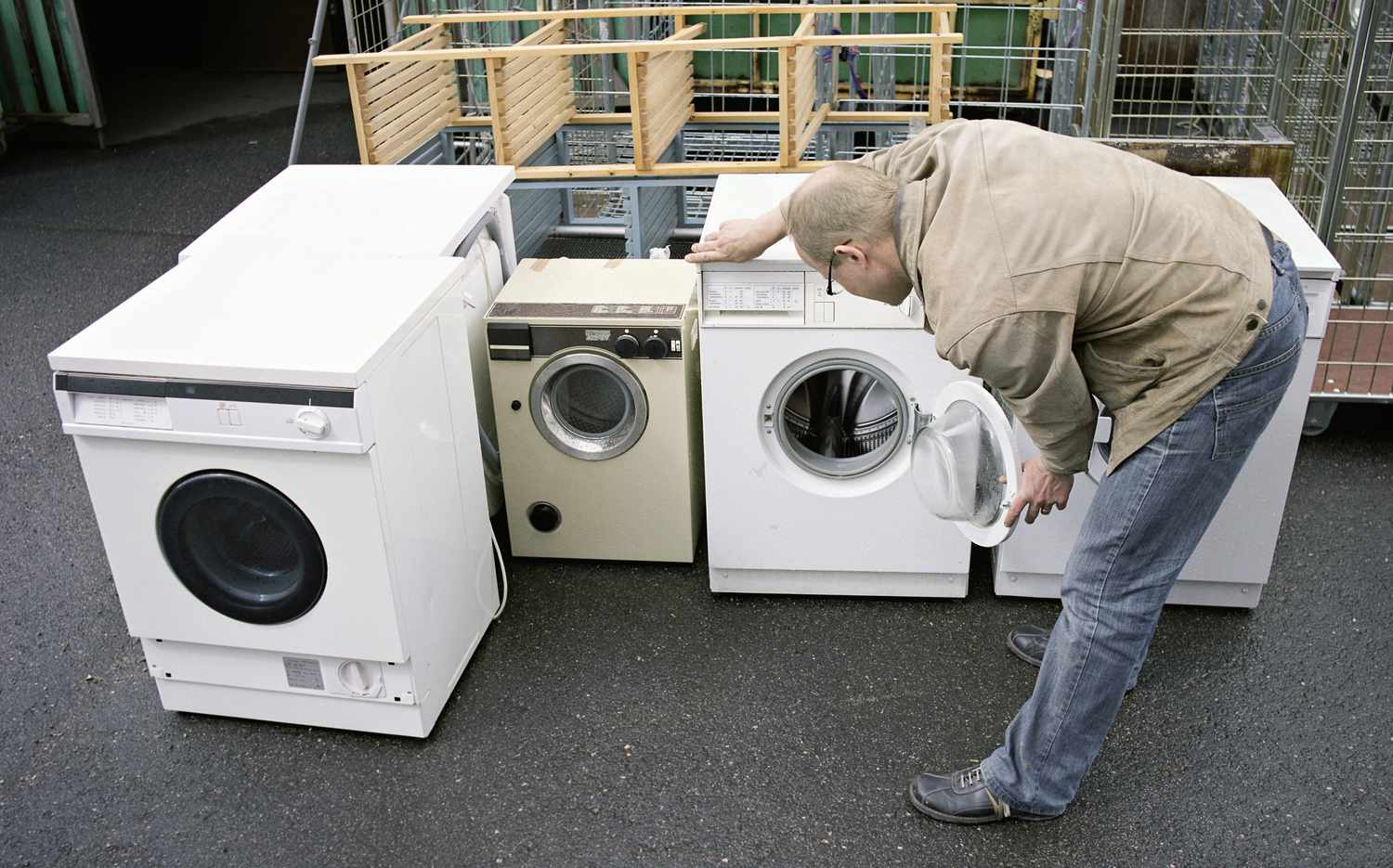
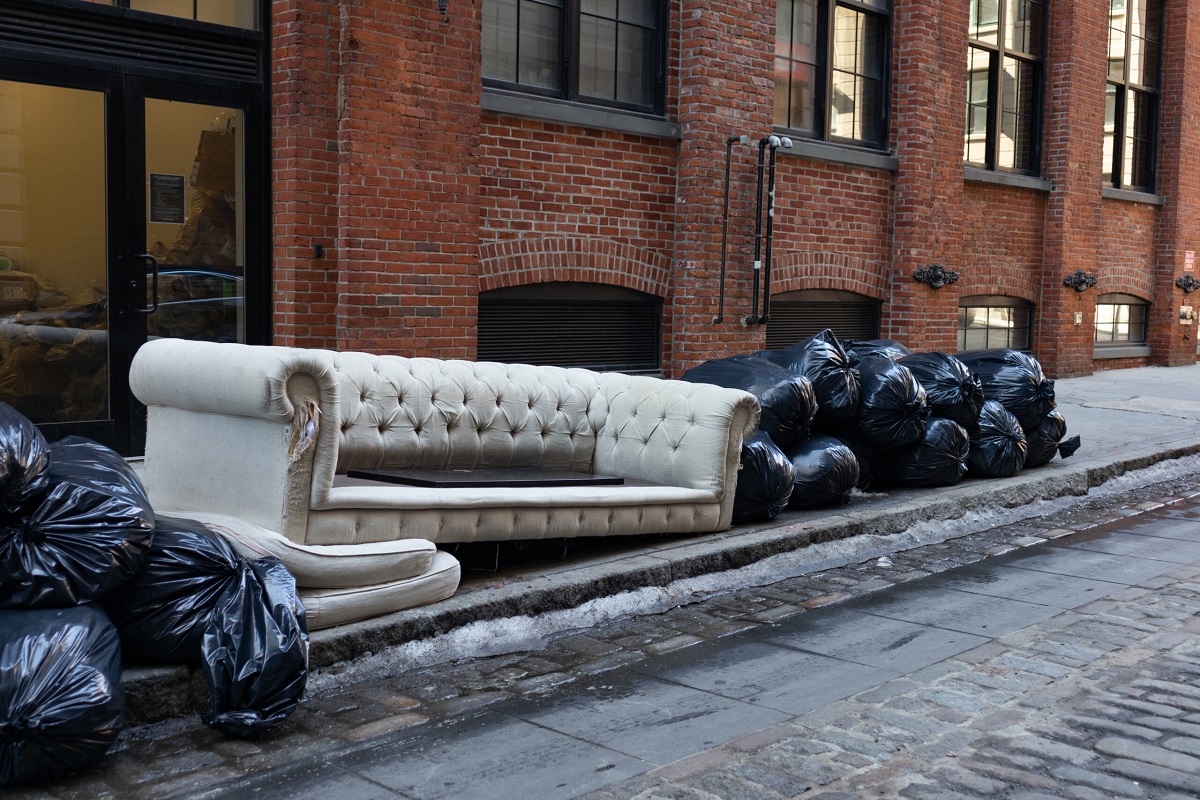

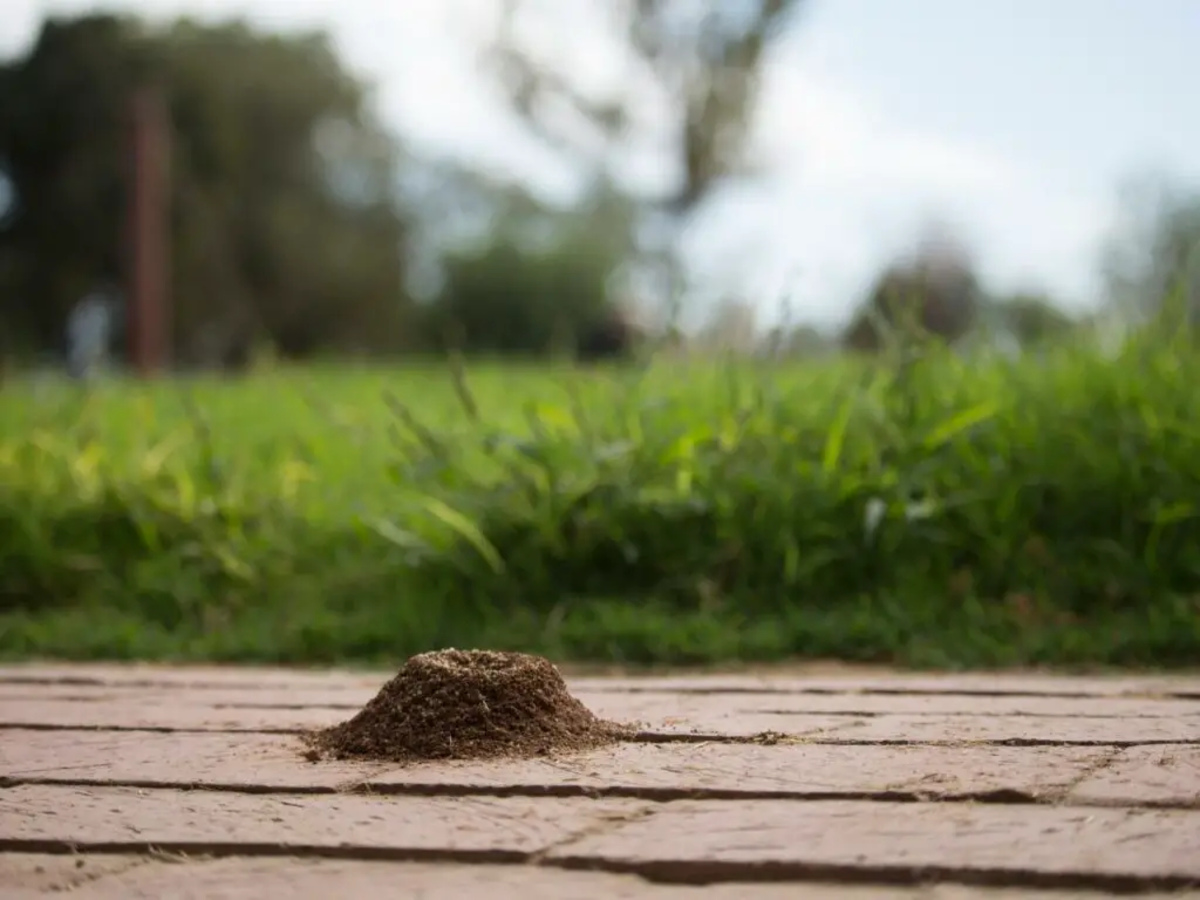
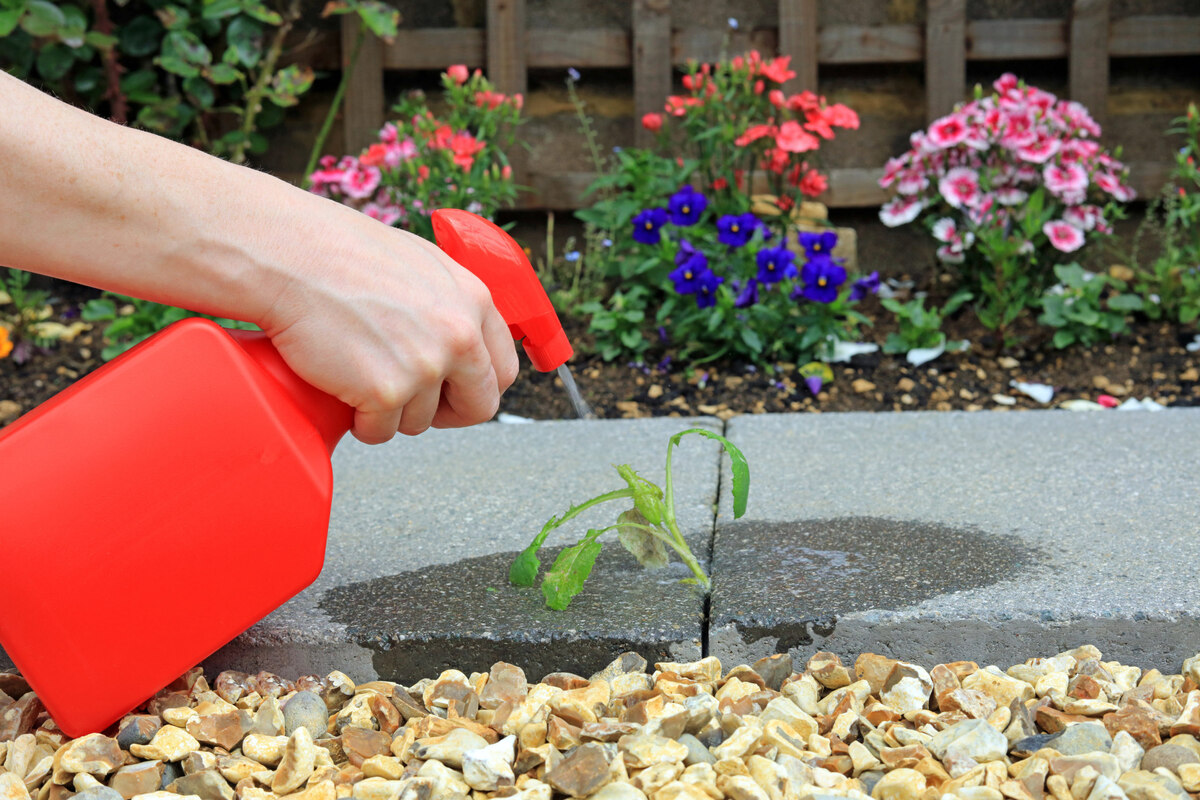
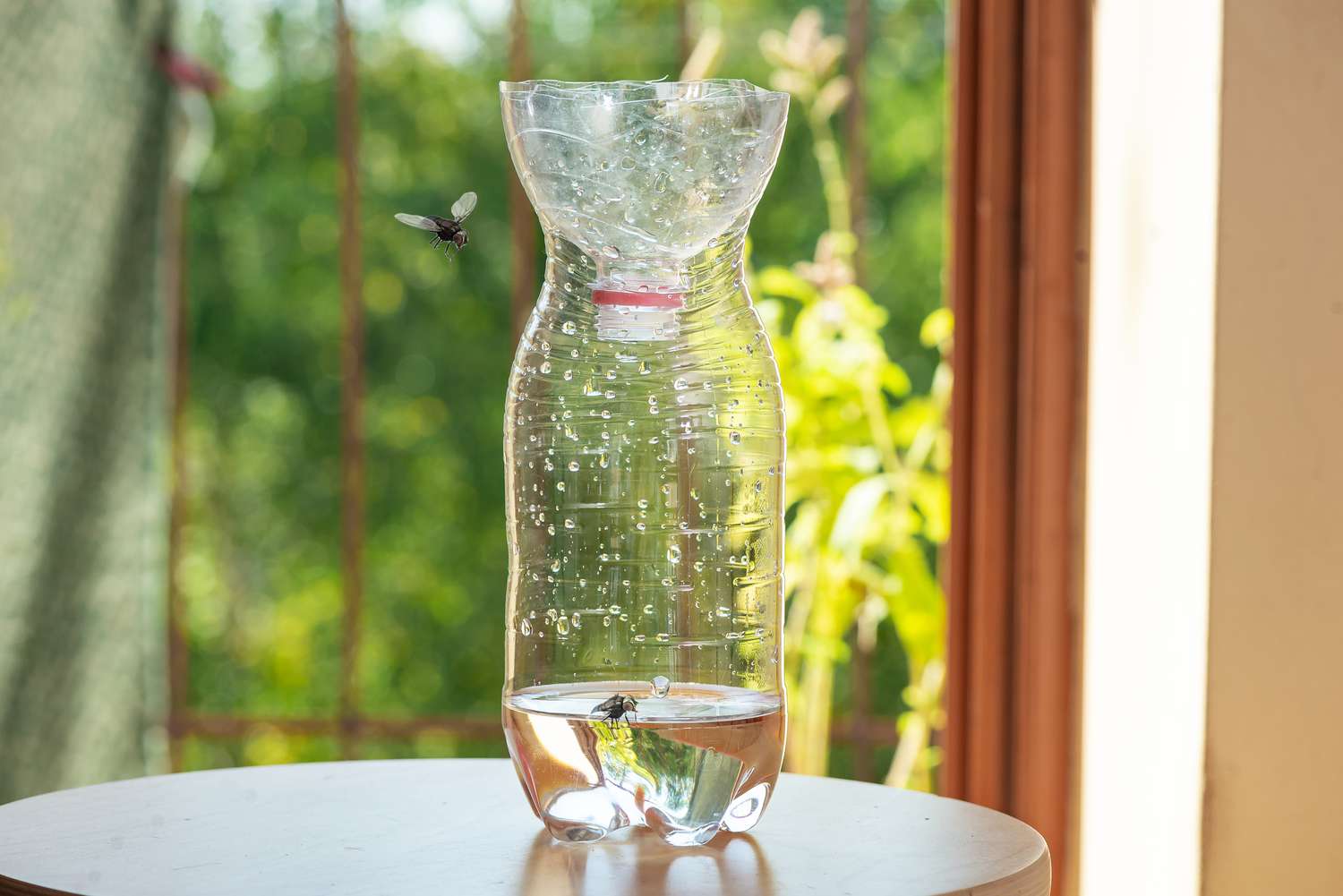
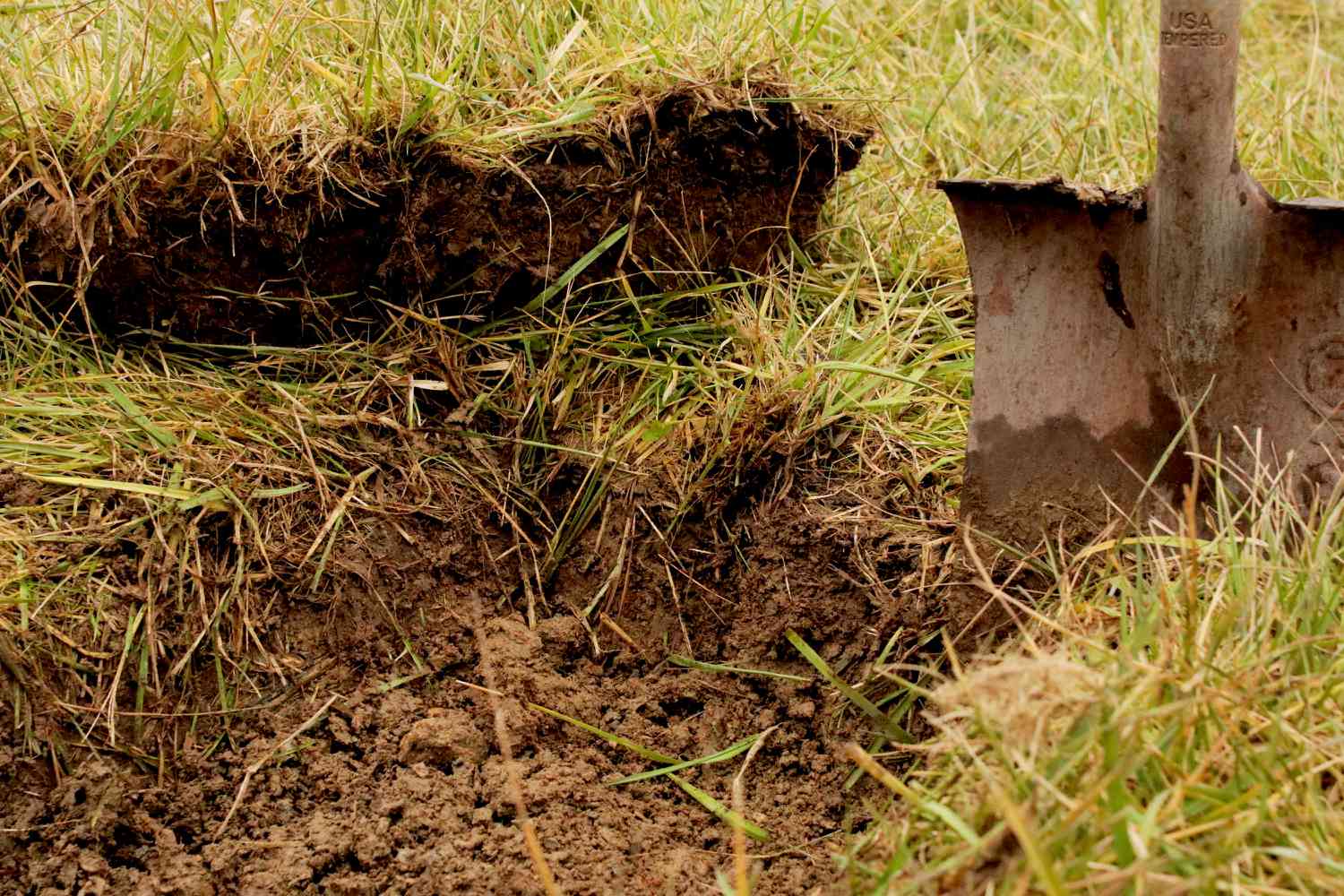
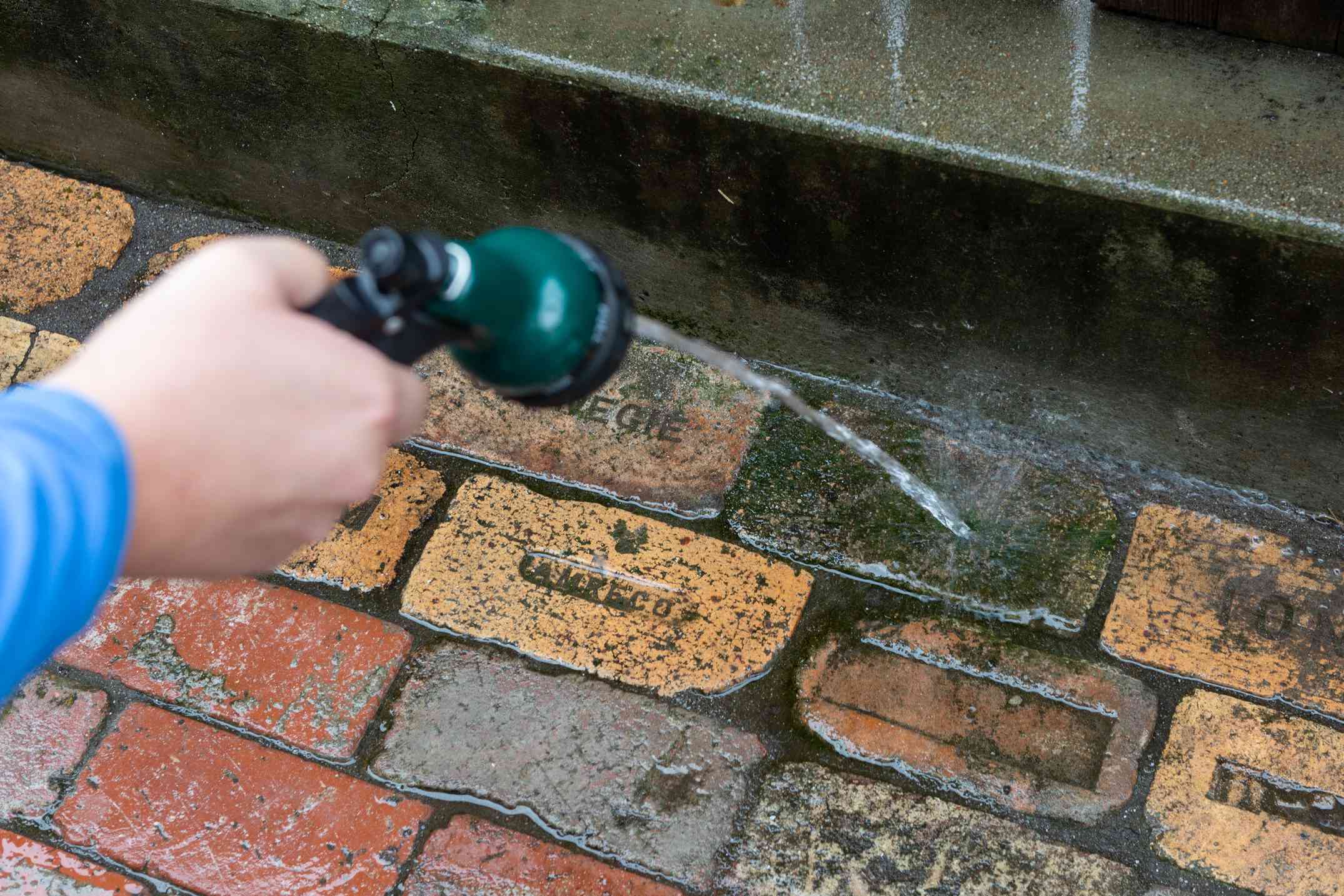

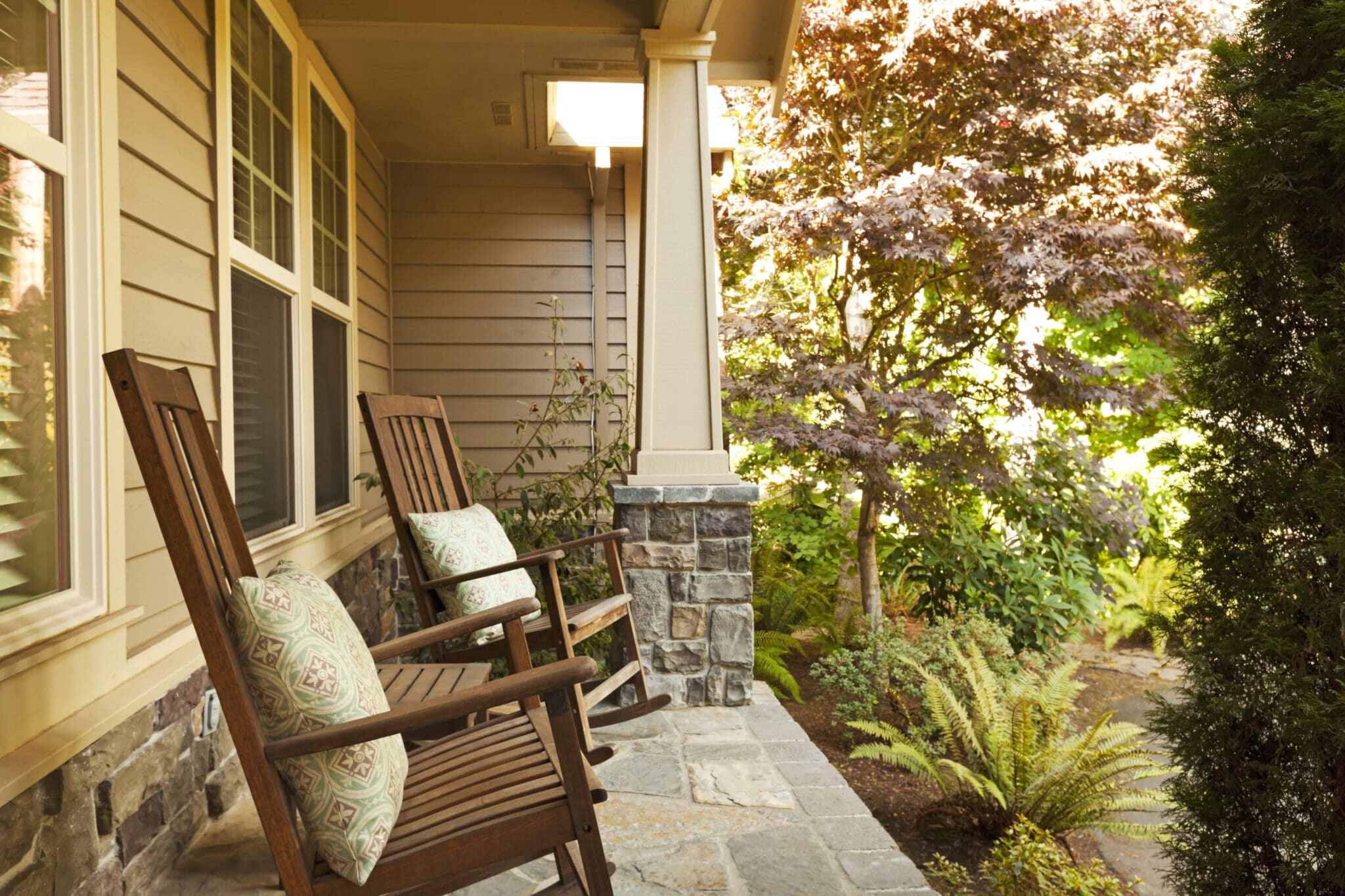

0 thoughts on “How To Get Rid Of Old Patio Furniture”